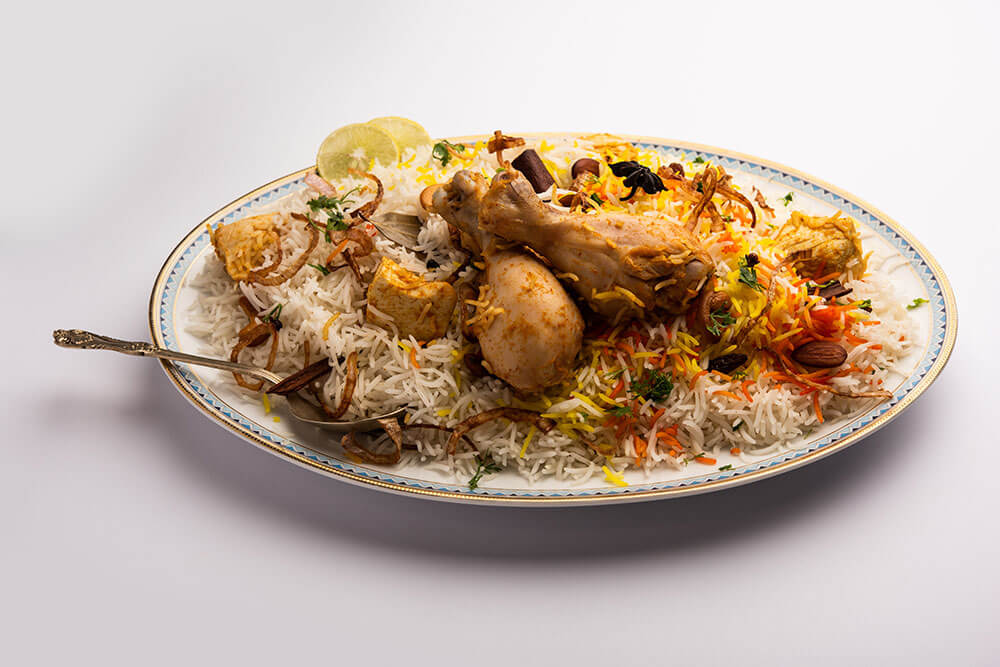In South Asian cuisine, rice dishes hold a special place, and two of the most beloved options are pulao and biryani. While these dishes share similarities, they also have distinctive characteristics that set them apart. In this article, we will delve into the nuances of pulao and biryani, exploring their cooking methods, ingredients, and unique flavors.
Pulao: A Delicate Blend of Flavors
Pulao is a flavorful rice dish that is prepared by cooking long-grain rice in a pot of water or stock until it reaches the desired level of tenderness. The rice is then combined with a medley of aromatic spices and various ingredients, such as vegetables, meat, or seafood. The beauty of pulao lies in its simplicity, as the rice and ingredients are cooked together to create a harmonious blend of flavors. It can be prepared on the stovetop or using a rice cooker, offering convenience and flexibility in the cooking process.
Biryani: A Symphony of Layers
Biryani, on the other hand, takes a more elaborate approach to its preparation. Long-grain rice is first par-cooked in water or stock until it is partially cooked. This process ensures that the rice retains a firm texture while absorbing the flavors of the spices. The par-cooked rice is then drained and combined with an array of spices, vegetables, meat, or seafood. Unlike pulao, biryani is traditionally cooked in layers. The rice and other ingredients are carefully layered in a pot or dish, creating a visually appealing presentation. The pot is then sealed, allowing the dish to cook slowly over low heat. This sealed cooking method helps to generate steam, allowing the rice to cook evenly and the flavors to meld together, resulting in a truly delightful culinary experience.
Different Cooking Methods, Unique Flavors
The distinct cooking methods employed for pulao and biryani contribute to the variation in flavors and textures between the two dishes. While pulao offers a delicate balance of flavors where the ingredients intermingle, biryani presents a more layered taste experience with each component standing out in its own right. The slow cooking process of biryani ensures that the flavors are infused into every grain of rice, resulting in a rich and aromatic dish that is often accompanied by a captivating fragrance.
Conclusion:
In South Asian cuisine, pulao and biryani are both cherished rice dishes, each with its own distinct characteristics. Pulao offers a simpler cooking method, where the rice and ingredients are cooked together to create a harmonious blend of flavors. On the other hand, biryani takes a more intricate approach, with layers of par-cooked rice and ingredients cooked slowly to develop a symphony of flavors. Whether you prefer the delicate medley of pulao or the complex layers of biryani, both dishes are sure to satisfy your taste buds and transport you to the vibrant culinary world of South Asia.

